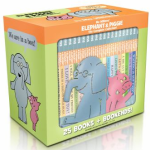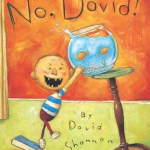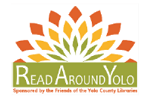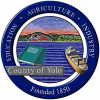Let’s Talk
Let me hear you say C-O-W! Let’s clap it.
How words can be put together to communicate ideas and information leads to comprehension; talking with children is especially good at helping them think. Ensure your child can speak with you, not just listen to you talk. Respond to what your child says and follow their lead. Answer your child’s questions as completely as possible. Your explanations help your child learn more about the world.
If your child isn’t talking, ask questions, wait for them to react with a gesture or by babbling, and then give feedback, such as, “Yes, the two bunnies are chasing each other.” Ask your toddler to tell you about something that happened to them today; ask for more details so your child can expand on the story. Ask questions with more than a “yes” or “no” answer. This encourages your child to think about possible solutions and to ask more questions. It increases comprehension skills.
Use new words. Good readers have a large vocabulary. Knowing lots of words helps children better understand what they read. Begin early, even before your children learn to talk. Take turns. Children are just beginning to learn how to have a conversation. You need to ask questions and listen to your children’s responses. Make connections. Help children remember past events and connect them to current and future activities. It helps children understand that language can represent events that are not happening now.
Join our summer reading program open to all ages. Sign up!
Do you know about our Dial-A-Story? Call and listen to a story while on the go, waiting, or walking. Stories are available in English and Spanish. 530-298-9990.
Recommended books:

We are in a Book by Mo Willems

This blog entry was written by Yolo County Library’s Family Literacy specialist, Letty Flores. Thank you, Letty!





